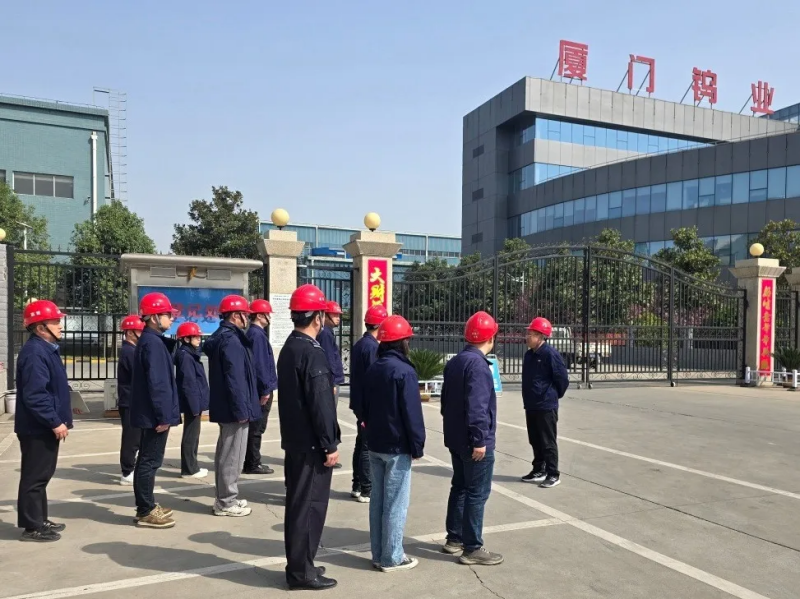Ways to improve the service life of ball tooth bits
Classification: Company News
Visits:
【Summary Description 】 Ball tooth bits are increasingly used in mining, railway, hydropower, and geological industries due to their high rock breaking efficiency, effective elimination of blind zones at the bottom of rock holes, avoidance of repeated crushing of rock debris, coarse crushed rock powder particle size, and improvement of worker safety conditions. The service life of ball tooth bits is directly related not only to their structure, material, and processing quality, but also to rock properties, rock drill type, oil pressure, sharpening, and the skill level of the rock drill operator. This paper briefly discusses methods for improving the service life of ball tooth bits from the aspects of material selection, product design, processing technology and quality control, and product use.
Ball tooth bits, due to their high rock breaking efficiency, can effectively eliminate the blind zone of rock breaking at the bottom of the rock hole, avoid repeated crushing of rock debris, have coarse crushed rock powder particles, and are conducive to improving worker safety conditions. They are increasingly widely used in mining, railway, hydropower, and geological industries. The service life of ball tooth bits is not only related to its structure, material, and processing quality, but also directly related to rock properties, rock drill type, oil pressure, sharpening, and the skill level of the rock drill operator. Below, we will briefly discuss methods for improving the service life of ball tooth bits from the aspects of material selection, product design, processing technology and quality control, and product use.
1. Selection of bit body material
The bit contacts and breaks the rock mass during drilling, and will be subjected to huge impact loads and abrasive wear. The working conditions are extremely harsh, so the requirements for the bit body steel are also special. Requirements include: good dimensional stability and machinability; the material has high fatigue strength and wear resistance, and high air cooling hardenability; in the heat treatment state, the material has high plasticity, toughness, and hardness; in addition, it must have a high coefficient of linear expansion and tempering stability for tooth fixing, and high-strength physical properties to ensure high tooth fixing ability; it also needs a certain high-temperature strength and thermal stability to ensure the tooth fixing strength during use. In summary, the bit body material should be high-quality alloy steel with good thermal expansion, rigidity, toughness, machinability, and heat treatment properties.
2. Product Design
The main failure mode of ball tooth bits at home and abroad is the chipping of the edge teeth. Therefore, the following aspects should be considered in the design:
(1) Strengthen the edge teeth, correctly select the tooth shape, tooth diameter, tooth height, wall thickness, etc.;
(2) Appropriate edge tooth inclination angle, generally 30°-35°;
(3) Increase the number of edge teeth or inner teeth where possible;
(4) Select high-toughness hard metal for edge teeth;
(5) Correctly select the interference fit of the teeth;
(6) Reasonable tooth arrangement, improved dust removal system, reduced repeated crushing, and strengthened the bit body to increase the wear resistance of the bit body.
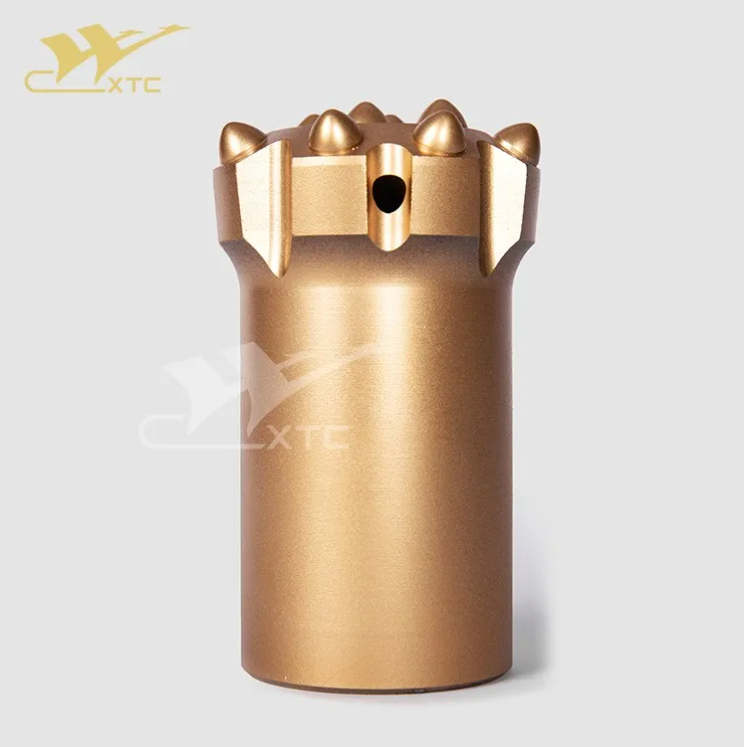
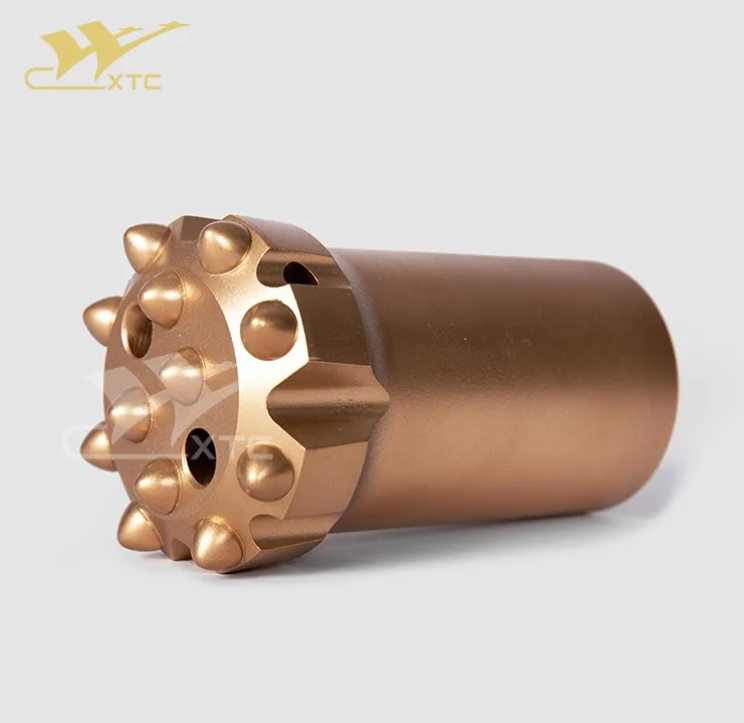
3. Product Processing Technology and Quality Control
Adopt advanced processing technologies, such as hot embedding for tooth fixing and zinc spraying for the tapered hole of the bit body. Strengthen the quality inspection and control of bit production, with strict quality control at each process. Regularly calibrate testing instruments to ensure the stability of product testing quality. Adopt advanced heat treatment processes and equipment to ensure that the product has stable and reliable product hardness and impact resistance. When pressure-fitting the teeth, the tooth holes require extremely high precision. Each hole is measured individually, graded according to the size of the tolerance, and then the alloy teeth are also graded according to the required interference fit. The teeth and holes are matched to keep the interference fit within the required range. This is the key to ensuring the tightening force of the alloy teeth to prevent tooth loosening during use.
4. Product Selection and Use
The mining and rock conditions at home and abroad vary greatly, and the requirements for bit types are also different. Customers need to reasonably select bit specifications and types according to the rock and rock drill type, requiring the tooth shape to match the rock properties and the bit diameter to match the impact energy of the rock drill, see Table 1.
Table 1 Matching Range of Rock Drill Impact Energy and Bit Diameter
| Bit Diameter (mm) | 32-42 | 42-50 | 50-75 | >75 |
| Impact Energy (N.m) | 40-80 | 80-150 | 130-300 | >300 |
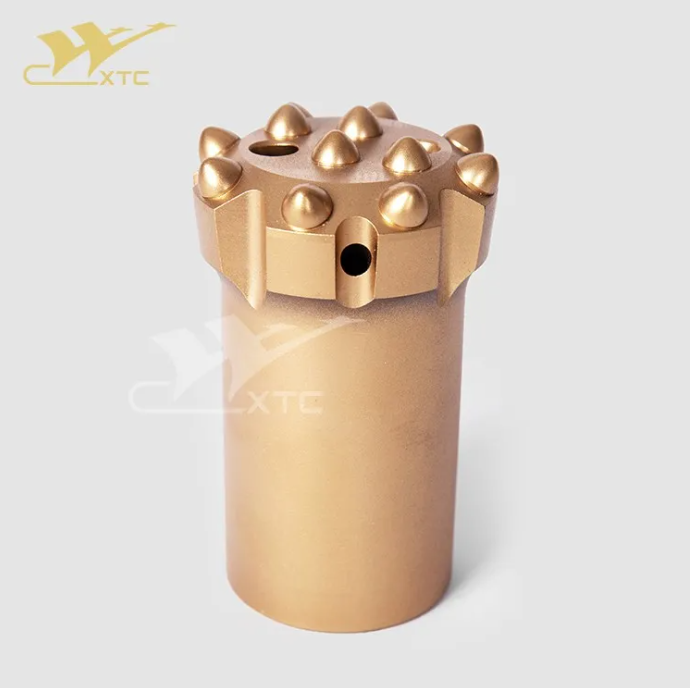
Correct bit removal: It is strictly forbidden to remove the bit by hammering with a hand hammer, otherwise it will aggravate the bit expansion, cracking, waist breakage, tip breakage, and alloy tooth breakage. It is recommended to use a bit remover, which is beneficial to improving the bit life.
Reasonable bit sharpening: When drilling in soft or medium-hard rocks, ball tooth bits generally do not need to be sharpened. However, in rocks with high frontal abrasiveness, the alloy teeth of the bit wear out very quickly. When the worn flat reaches 2/3 of the tooth diameter, the bit stress deteriorates, and the drilling speed decreases. At this time, the bit must be sharpened. Timely sharpening of the bit helps to reduce surface cracks and prevent crack propagation.
Skilled operation of the rock drill by the operator, correct operation and use, such as slow advancement when opening holes, full-speed operation after the bit enters the rock mass, and preventing some alloy teeth from "air striking" hard rocks, causing a sharp increase in the stress on the alloy teeth; when connecting rods, keep the drill rod sleeve and drill tail concentric, tighten the threads, and do not hammer the drill when clamping the drill. Instead, use a small air intake valve, open the water valve, slowly advance, and constantly reciprocate to make the hole wall smooth, so that the drill can move freely, to prevent hard alloy pieces from breaking, drill tail breakage, sleeve cracking, drill rod breakage, and eliminate jamming accidents.
Thread product serie
Multi-line text content element
HTML language content can be parsed after rich text content is bound to data
Related News

10-29
2025
10-28
2025
05-12
2025
04-11
2025
04-11
2025


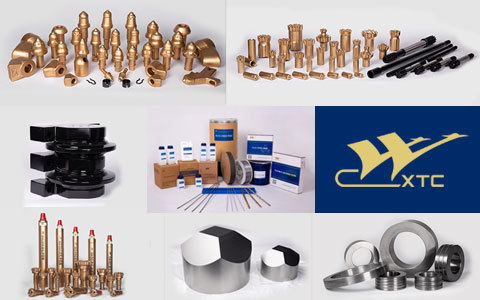












![[Exhibition Spotlight] Luoyang Jinlu Makes a Stunning Appearance | The 2025 Beijing International Coal and Mining Technology Exchange Exhibition opens from October 28 to 31, 2025—join us at the event! [Exhibition Spotlight] Luoyang Jinlu Makes a Stunning Appearance | The 2025 Beijing International Coal and Mining Technology Exchange Exhibition opens from October 28 to 31, 2025—join us at the event!](https://omo-oss-image.thefastimg.com/portal-saas/pg2024030817412305431/cms/image/39c27bb8-deab-4681-ae8e-ca9e114055a2.png)

